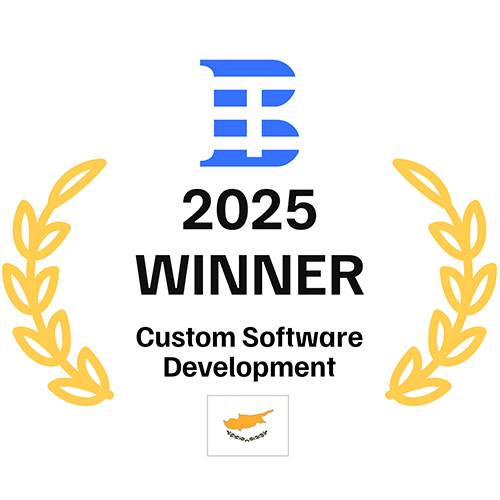Program-Ace developed Orbis, a Virtual Reality travel app for Oculus (now Meta) Quest 2 and Quest 3, designed to help users explore hidden gems across North and South America, from Machu Picchu to Choquequirao and beyond. Orbis brings these untouched locations to life through immersive experiences, allowing users to explore the extraordinary without leaving home.
Built on the Unity engine, the app utilizes the Addressable Asset System and Google Cloud for efficient scene management and optimized download sizes. At the core of our work was enhancing the UX/UI to ensure an intuitive and seamless experience for non-gaming users — a growing demand in today's VR market.

We approached this project by focusing on user-centric solutions, addressing technical challenges like accessibility, scalability, and platform compatibility.
High-quality immersive experiences. Detailed 3D geometry with overlaid textures and MP4 videos delivered authentic, immersive experiences, avoiding using CGI to engage users more effectively.
The VR app was developed using Unity 2019, leveraging the Addressable Asset System for efficient scene management and cloud-based content delivery. Google Cloud was utilized to host asset bundles, ensuring scalability and flexibility. Built for Oculus Quest 2 and 3, the app is prepared for future expansion to platforms such as Steam VR and Apple Vision Pro.
Orbis caters primarily to elderly users, stressed individuals, and hospital patients, with a secondary focus on travelers. Its user-friendly interface ensures ease of use across various physical abilities and settings.







Tell us more about your business needs to help us serve you better. The more detailed information will allow us to route your inquiry to the most appropriate person in our team.
By sending this form you agree to our Privacy Policy. The information you provide will be added to our CRM system for further communication.








